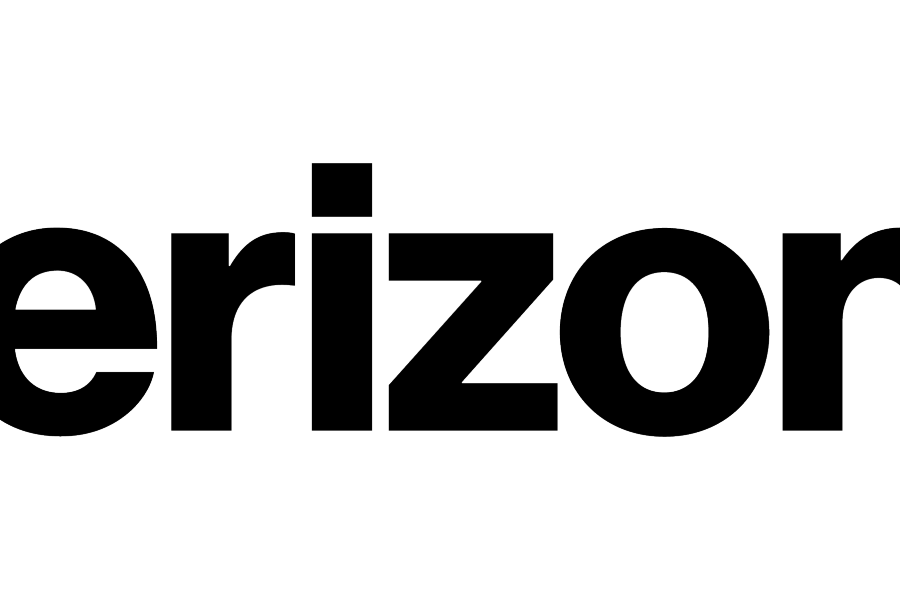Five companies showcase enhanced application capabilities at Verizon’s 5G First Responder Lab
Verizon recently conducted an event demonstrating the capabilities that five companies working in the carrier’s 5G First Responder Lab can bring to public-safety users when connected to Verizon’s 5G Ultra Wideband network that operates on hundreds of megahertz of millimeter-wave spectrum.
“We’ve been working with those five companies to inspire them, to explore and build the 5G-powered future of first-responder technology,” Nick Nilan, Verizon’s director of public-sector product development, said during an interview with IWCE’s Urgent Communications. “We believe fundamentally that the future of public-safety technology is going to be powered by 5G networks, so we were working with these first five companies to look at enabling critical communications, situational awareness and other innovative technologies.”
Verizon selected the five companies in November and then worked with them for almost three months prior to last month’s demonstration, which was designed to highlight how existing applications could be enhanced with Verizon’s 5G network in a New York City “alley” location and nearby multi-access edge computing (MEC), Nilan said. MEC pushes computer capabilities closer to the end user, so more greater processing capabilities can be executed with very little latency.
“With 5G plus MEC in that location, those five companies were able to showcase IoT solutions, wearable solutions, augmented reality for firefighters and other situational-awareness tools—things that we’re starting to be able to do on 4G, but they’re going to be able to hit scale on 5G and really take advantage of our deployment of 5G across the country,” Nilan said.
As described in a Verizon press release, the five participating companies—and their signature applications—at the 5G First Responder Lab were:
- “Adcor Magnetic Systems: Sensors to detect, identify, track and correlate on a digital 3D environment
- “Aerial Applications: Drone solutions to turn visual data into actionable insights
- “Blueforce Development: Situational awareness solutions and sensors to enhance field operations and communication
- “Kiana Analytics: A cloud-based physical safety and security platform with engagement analytics for real-time location/situational awareness
- “Qwake Technologies: Augmented reality products to help firefighters see in smoke-filled, zero-visibility, hazardous environments.”
Qwake’s solution serves as a prime example of a technology that has been able to be demonstrated in a lab environment—in fact, Qwake’s product was displayed in the Verizon booth at IWCE 2019 in March—but needs high-speed, low-latency connectivity and robust processing capabilities to work in a real-world environment, Nilan said.
“It’s really hard to be able to do augmented reality without having MEC,” he said. “If you add a lot of processing on the firefighter, and so they end up carrying a bulkier load, if you do edge-to-the-user processing. But, if you can bring that [processing] into the network, it allows for much more flexibility and greater processing power. MEC really opens the aperture for something like that.”
Qwake’s solution is the only one included in the demonstration at the 5G First Responder Lab—a venture of Verizon and Responder Corp—that is not commercially available today, Nilan said. While the other four already exist, the combination of 5G millimeter-wave technology and MEC can have a significant impact on their real-time usefulness to public safety, he said, citing the Adcor Magnetic Systems 3D mapping solution that integrates video, location and sensor information as an example.
“Right now, a lot of that is being done after the fact,” Nilan said. “So, you take the 360 [degree] video, you come back, you download the data, you have the ability to view that video in a 3D environment, and then you’re able to identify different latitudes and longitudes within that video. With 5G, because you have such larger amounts of bandwidth available to that 360-degree camera, you’re able to transmit that video in real time.
“What they’re really excited about is being able to push that high-definition, 4K video in 360 format over the network with very low latency over the network with very high bandwidth. That’s going to allow a real-time view into what the officer or firefighter sees when they bring the 360 camera with them.”
Similarly, public-safety entities have been using Blueforce applications for years to track personnel and other assets, but the solution’s functionality can be enhanced significantly with 5G connectivity and MEC, according to Nilan.
“What they offer is a mobile application that integrates other sensors that an officer uses—it’s basically a situational-awareness application that integrates other sensors, things like a holster-detection unit,” he said. “So, if an officer removes their weapon, it could trigger an alert could be sent through the phone connection back to dispatch. It could also include a sensor built into their watch that tracks their real-time heart rate and is able to identify anything outside the normal range and send that information back to dispatch or headquarters.
“Now, with additional sensors on the network, they’re able to compile the information faster and then build their Blueforce Edge either into our MEC or at the customer’s premises, depending on where that network termination point is.”
Nilan said Blueforce officials were particularly enthusiastic about MEC after discovering that developing the software to leverage the MEC processing was relatively straightforward.
“They were able to write to our MEC and deliver to our hosting environment within a matter of hours,” Nilan said. “Getting that into a very local cloud deployment—the MEC—was really exciting for them.”
Aerial Applications currently has targeted its solution to the planning and insurance markets, which use drone videos to assess damages or development opportunities in a static setting, after the video has been downloaded. However, MEC and 5G connectivity opens the possibility of delivering video in real time, which offers significant potential to the first-responder and disaster-management sectors.
“With 5G, they’re able to switch that to real time,” Nilan said. “So, while they’re kind of looking at the city planner/insurance kind of market [today]—because of the non-real-time capabilities for city planning—in real time, they’re able to use the network, the computer vision, the analytics and the MEC with the high bandwidth to be able to do surveys post-disaster.”
While the combination of 5G connectivity and MEC processing provide new options about the functionality that applications can provide and how such services are delivered, Verizon is seeking input from first-responder agencies to determine the best way to operationalize these new capabilities, Nilan said..
“We’re working, hand in hand, with the public-safety community to understand what applications should be hosted in our MEC and where,” Nilan said. “So, location becomes a very specific point of conversation when you’re talking about multi-access edge compute, because some parts of the country may need one application—or even some communities may need one application—and, within MEC, I’m able to deliver that application in that part of the network over my software-defined network and not for the rest of the country. But I’m still able to deliver it at carrier-grade requirements at scale.
“What we’re really excited about is being able to help public safety move out of the huge capital expenditures that they’ve had to undertake and allow them to buy those services as a service. I think the way the industry is moving is that public safety would love to buy those as a service.”
Of course, this option only will exist in locations where 5G connectivity and MEC—an architecture that also helps enhance network reliability—are in place. Nilan said that Verizon is working to make these technologies more commonplace.
“We’re really excited about launch plans for the rest of this year,” Nilan said. “We’ve announced that we will have 30 cities deployed with 5G mobility this year, and we’re working very hard to make sure that the 5G network is available to first responders.”
“The neat thing about these [5G First Responder Lab] companies is that they work on 4G also. We know that we’re not going to have a complete overlay of our 4G network with 5G for several years. Knowing that, we’re going to deploy these solutions that will work well on 5G, and they may default back when they come back to 4G territory. It’s going to be important for working through that capability with first responders.”

















